B Minor Chord on Guitar: History, Chord Shapes, Minor Scale, Songs in the Key of B Minor
Author: Wanda Waterman
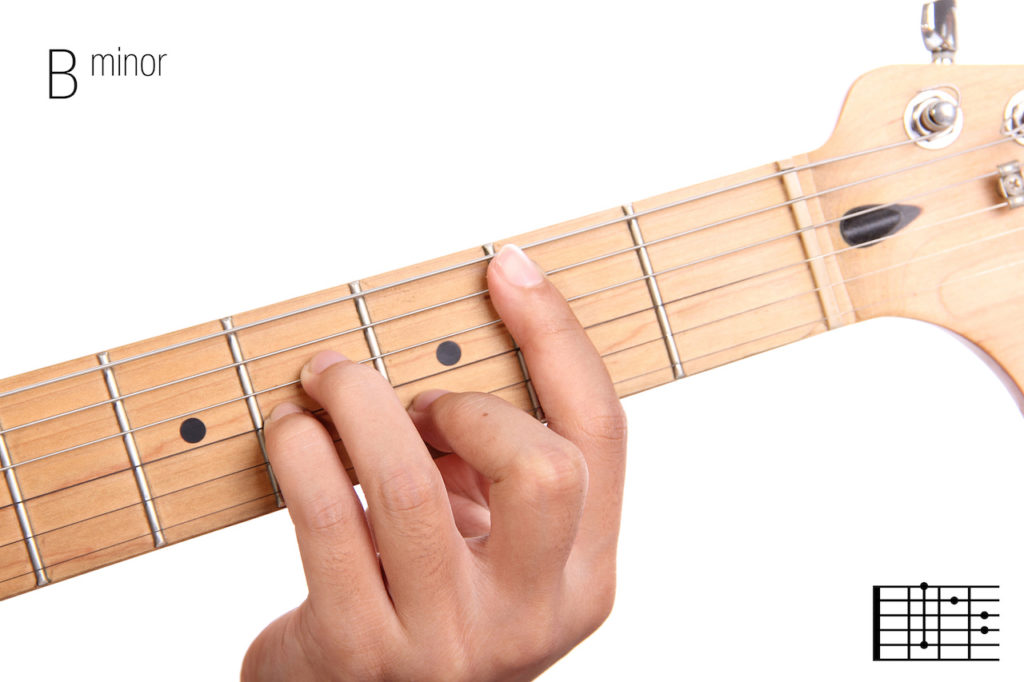
Table of Contents
B Minor History Lesson: The Key of Patient Resignation
The Bm guitar chord is the source of one of the greatest musical keys ever: B minor! It has been the literal raw material for classic metal songs like Megadeth’s “Tornado Of Souls,” classic rock songs like “Hotel California,” and amazing classical melodies like the main theme of Tchaikovsky’s swan lake.
So although it’s a great key for rockers (yes Tchai is a rocker!), some of the other classical greats had mixed opinions about this key.
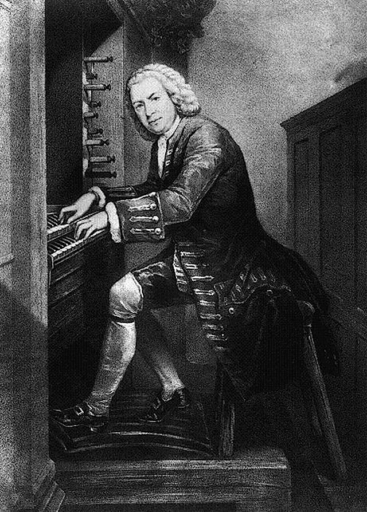
The jury is still out on the key of B minor and the Bm guitar chord. The 18th century German composer and writer Christian Friedrich Daniel Schubart described it as a key of sad acceptance. Later both Galeazzi and Beethoven revealed negative opinions about the key. Nonetheless, later romantic era composers such as Schubert, Chopin, Borodin, and Tchaikovsky created important works in this key. You also hear it part way through the film Apocalypse Now, when the helicopters come storming in to the tune of Wagner’s Die Walküre.
The key of B Minor is the relative minor of the key of D Major. Why? Because both have the same key signature— two sharps (C# and F#). Relative minors are really that simple. There’s more to learn about using relative minors, but that’ll come later on in your musical journey.
When you’re ready to find out more about minor scales, the bm guitar chord, and how they work, read this.
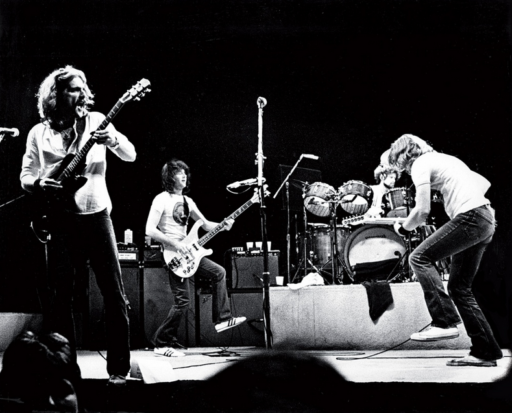
The Bm Guitar Chord Position on the Fretboard: Get Out Your Uberchord App, Because This One’s Tricky!
!function(e,r,d){var t,c=e.getElementsByTagName(r)[0];e.getElementById(d)||(t=e.createElement(r),t.id=d,t.src=”https://uberchord-backend.firebaseapp.com/uberchord-embed-sdk.js”,c.parentNode.insertBefore(t,c))}(document,”script”,”uberchord-jssdk”);
!function(e,r,d){var t,c=e.getElementsByTagName(r)[0];e.getElementById(d)||(t=e.createElement(r),t.id=d,t.src=”https://uberchord-backend.firebaseapp.com/uberchord-embed-sdk.js”,c.parentNode.insertBefore(t,c))}(document,”script”,”uberchord-jssdk”);
The key of B Minor and the guitar chords required of it may be easy to play, but they’re hard to play well. Too many fingers needed and not enough open strings makes the Bm guitar chord a bit hard to get a good sound out of. Thankfully, you have the Uberchord app (click for free download) to tell you exactly how you can improve a little each time you play.
Theory and Practice: The Pattern of the B Minor Scale And Source Of the Bm Guitar Chord Explained
Let’s quickly review the differences between a major scale and a minor scale.
Unlike major keys, tones in a minor key come in this order:
Whole Tone – Half Tone – Whole Tone – Whole Tone – Half Tone – Whole Tone – Whole Tone
In other words, the second and the fifth positions in the scale are just half tones above their preceding notes, and between all the other notes there are whole tones. All natural minor keys follow this pattern, so if you ever want to figure out where the accidentals are, just start with the root note and count off the above pattern.
In the key of B Minor the notes are B, C#, D, E, F#, G, and A. As mentioned, C and F are sharp, just as in the key of D. But their different positions in the key of B Minor make for a whole new sound when you play the scale!
Below is the B Minor scale, with B at its root and another B, an octave higher, at its summit.

Try sounding it out on your guitar by playing it according to this tablature:

Playing scales on your guitar is a whole lot easier after you memorize your guitar’s fretboard notes. Here is a secret technique used by many pro guitarists around the world to learn the fretboard.
To make things a little more complicated, not only are the sequences of tones different in minor keys, the question of which chords are major and minor is also different than those used in major keys. In minor keys the sequence is as follows:
1st chord: minor
2nd chord: diminished
3rd chord: major
4th chord: minor
5th chord: minor
6th chord: major
7th chord: major
The Bm guitar chord, which forms the root of the B Minor scale, is made up of the notes B, D, and F#— the first, third, and fifth notes of the key of B Minor. On the guitar, using the B Minor chord shape shown in the picture, these notes arrive in this order: F#, B, F#, B, D and F#.
Why does the Bm guitar chord sound so different from the B Major chord? The only difference is one string; in the B Major chord the D becomes D# (because that’s what B Major’s key signature dictates), and that’s all it takes to turn a chipper B Major chord into a sombre B Minor.
It’s also why the bartender in the joke at the beginning of this article asked the D to leave. Had the note been a D#, the chord would have been major, not minor.
(Did you hear about the guitarist who kept banging the side of his head against the fretboard? He was playing by ear! Seriously though, learning to play be ear is really important, but if you want a well-rounded musical education our blog has a helpful set of music theory articles. Knowing music theory will help you to be a better musician and give you the peace of mind that comes with knowing what it all means.)
Chords in the Key of B Minor
If you were to use every chord in the key of B Minor, the following would be the chords you’d use:
B Minor, C# diminished, D major, E minor, F# minor, G major, and A major
The B, E, and F# chords are minor because, unlike the major scale, in the natural minor scale the chords at the first fourth, and fifth positions of the key are minor.
The C# is a diminished chord because in the key of B Minor it sits in second place, and in minor keys second chords are diminished.
As in the major keys, the fifth chord— F# minor in this case— can also be played as an F# minor7. Because it sits at the fifth position of the key of A Minor, it has the privilege of being the chord announcing the ending of the musical phrase.
Adding the seventh note of the key of E Minor (D) to the E Minor chord, creating an E Minor 7, makes the E Minor chord sound like it’s tipping forward a little, as if it’s about to fall over onto the root chord (B minor) that usually comes next in the chord progression.
Check out our previous post on understanding and playing 7th chords and, don’t miss the series on learning and understanding music theory.
Chord Progressions in B Minor
Sharpen your guitar skills by taking a little time to get used to the progressions below, habituating your ear to how these chords, depending on their order and context, create a sense of beginning, rising, falling, and ending.
Once again, here are the chords in the key of B Minor: B Minor, C# diminished, D major, E minor, F# minor, G major, and A major. But don’t think you can just jumble all of these together and make it sound like music; chords have to come in an order that’s pleasing to the ear, which is why we have chord progressions.
Most of the songs you hear are composed of combinations of the chord progressions listed below. As you play them and get used to their sound, you’ll probably recognize them.
Note: By far the most common chord progression for folk, classical, jazz standards, country, and pop songs is loosely based on this progression: I, IV, V, I (that is, on the first, fourth, and fifth chords in each key). In the key of B Minor this becomes the Bm guitar chord, E minor guitar chord, and F# minor guitar chord (or F# minor 7). Try right now playing these chords in this order:
B minor—E minor—F# minor (or F# minor 7)—B minor.
Repeat a few times. Notice how even in this short progression the music has a clear beginning, middle, and end, especially if you use F# minor 7?
!function(e,r,d){var t,c=e.getElementsByTagName(r)[0];e.getElementById(d)||(t=e.createElement(r),t.id=d,t.src=”https://uberchord-backend.firebaseapp.com/uberchord-embed-sdk.js”,c.parentNode.insertBefore(t,c))}(document,”script”,”uberchord-jssdk”);
“Last Girl on Earth,” by Lana Del Ray
Now practice playing through these progressions, getting a feel for the musical messages they might carry. If one sounds a little awkward and unmusical, just move on to the next.
- B minor– F# minor – G major – E minor.
- B minor – G major – E minor – F# minor.
- B minor – F# minor – G major – D major – E minor – B minor – E minor – F# minor.
- Blues: B minor – B minor – B minor – B minor – E minor – E minor – B minor – B minor – F# minor – F# minor – B minor – B minor.
- C# diminished – E minor – F# minor.
- B minor – E minor – F# minor – E minor.
- F# minor – E minor – B minor.
- G major – E minor – B minor – F# minor.
- G major – F# minor – G major – F# minor.
A Few Great Songs in the Key of B Minor
The key of B Minor is a bit of an odd duck, but when it’s apt, it’s apt.
It can express the death wish of a song like Metallica’s “One.”
Or play the guitar anthem “Hotel California” by the Eagles.
Avicii’s “Wake Me Up”
It can even go against its own groove and sing of a happy romance, like Rihanna’s “Diamonds.”
Or, Sam Smith’s “Money On My Mind”
Think of B Minor as the mysterious loner among the minor keys— dark and secretive yet patiently creative— and ultimately a winner.
And if you haven’t downloaded the Uberchord app yet, here are five great reasons why you should! Our blog has content that’ll help you with an intro guitar chords, the types of effects used by popular guitarists, as well as many theory concepts like the key of b flat guitar.
References:
Rita Steblin (1996) A History of Key Characteristics in the Eighteenth and Early
Nineteenth Centuries, University of Rochester Press, p. 123
D. Mar (1981). Anatomy of the Orchestra, University of California Press, p. 349
The 10 Most Used Chord Progressions in Pop and Rock and Roll



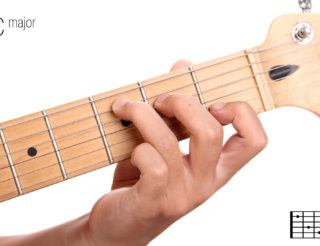

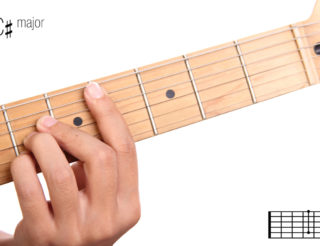


How is Comfortably Numb not mentioned!